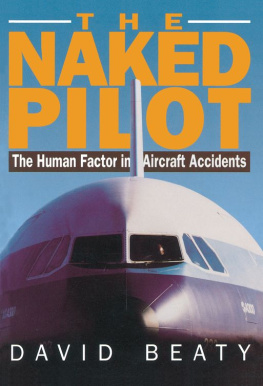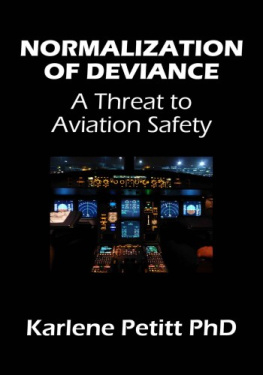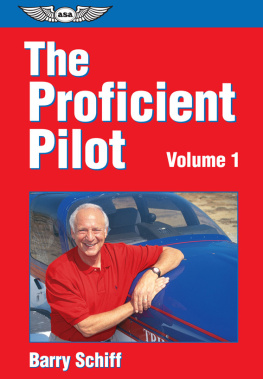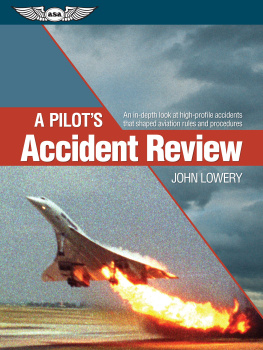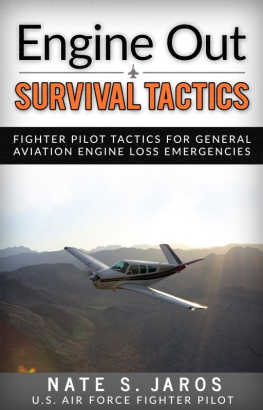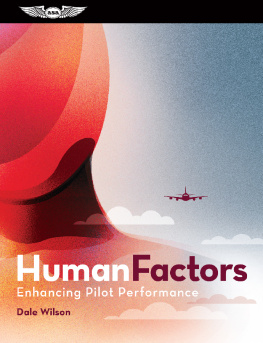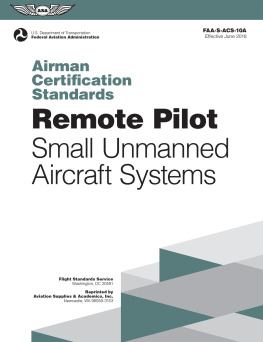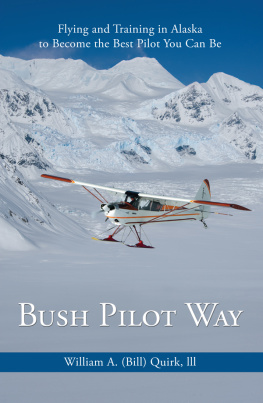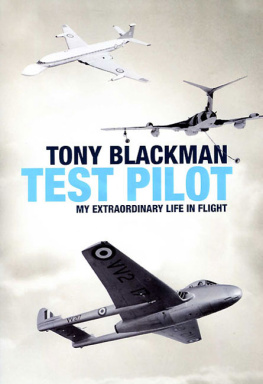When the HumanFactorinAircraftAccidents first appeared in 1969, it was recognised in the Press worldwide as The first major attempt to pin down the human failings that caused planes to crash.
However such human factor causes were resisted by aircraft manufacturers, airlines and the pilots themselves till the major disaster of Tenerife in 1977 when two 747s collided and 583 people perished. That caused elements of the aviation industry to begin to make tentative moves towards understanding the problem. By the time the hardback of TheNakedPilotwas published in 1991, human factors were being researched and taught in psychology departments and airlines in Europe and America. Indeed the study and practice of aviation human factors was beginning to blossom into an industry.
Even so, there had been and still is understandable resistance to that study in that we all tend to deny making mistakes in a society that blames and demands heavy penalties from those of us who do make them, especially ones with huge financial implications such as those resulting in an aircraft accident.
Denial is a defence mechanism that is used by our society and frequently by ourselves as individuals to ensure its and our survival. It is dangerous to go against the grain of public opinion and the opinion of our masters. We might lose our jobs. We would certainly lower the esteem in which we are held. Even Darwin hesitated for years before publishing TheOriginoftheSpecies because of public opinion at that time, and kept a low profile on whether our similarity to the bodily characteristics of animals might in some way and to some degree be matched by a similarity to the ways animals think and feel and react.
Happily, in the last four years since TheNakedPilot was published, there has been significant progress. The age-old witch hunt to identify a scapegoat usually the pilot has begun to give way to the concept of the collective mistake. The practice of Cockpit Resource Management (CRM) has been twinned with Line Oriented Flight Training (LOFT), though even as late as 1992, only four airlines in America had integrated CRM/LOFT programmes.
Then human factor education courses have been started in some enlightened airlines. There is a human factor examination requirement in the pilot licence. Joint training of flight deck and cabin crews has started, to which one or two enterprising airlines have added despatchers, ATC and maintenance staff. In other words, the concept of all being in this together and all being responsible for the outcome has at last caught on. Hopefully management personnel will also be incorporated. ICAO has initiated a sustained campaign to increase awareness of the pervasiveness of human error in aviation amongst the middle and senior managers of the international aviation community, particularly in some regions where there is an even lower understanding of human factors than elsewhere in the world. A bomb resistant container has been designed. An explosive detector is being installed at Heathrow and Gatwick and will eventually be in place on all BAA airports. More and more glass cockpits are appearing in airliners.
What is still to be accepted is the commonality of the causes of mistakes that lead to accidents in all areas of human behaviour. Forgetting to switch the lights off before leaving a car may result in a flat battery. Forgetting a switch on an aircraft may cost dozens of lives. Airliners continue to collide both into each other and into the ground for similarly universal human factor reasons. There have been at least twelve Controlled Flight Into Terrain (CFIT) accidents with horrific loss of life since the beginning of 1992.
There is need to look at mistakes in a much wider context instead of in constrained and separated specialised enclaves with little communication between them. Too many separate individuals and organisations appear to be pursuing the same rabbit from different directions without realising it. Individual expertise in the different environments of air, sea, road, rail and ground are of course essential, but a connection between them and a cross-fertilisation of information on the pivot of a corporate understanding of human factors needs to be established and maintained if we are to progress deeper into the many different areas of human understanding. One such, which so far has been avoided, is how far personality is a factor in the making of mistakes but this minefield eventually will have to be addressed.
That further progress is needed is self evident. The safety standards of a number of airlines, particularly in China and Russia, have sunk to unacceptable levels. Economic crises throughout the world have given rise to calls for cutting down on safety resources at a time when civil aviation is still expanding at around four per cent a year. The worlds scheduled airlines lost nearly 16 billion dollars between 1990 and 1993. Aircraft manufacturers have had to cut back sharply on production. At the same time, a 1000-seater airliner (2000 seats in the military version) has begun to be planned, as has a larger replacement of the Concorde. The present high level of public confidence in air travel could suffer a severe set-back should a human factor disaster occur on a potentially greater scale than the Tenerife collision.
On the positive side, the aviation industry has now begun to realise the fundamental importance of human factor understanding. Boeing has just published AccidentPreventionStrategies which advances the collective mistake theory. It reasseses 232 major accidents over the ten years to 1991 and identifies 37 individual links which could contribute to an accident.
Because of its intensive supervision and testing, its vast network of information exchange, its introspection and present excellent safety record, other industries such as the medical and nuclear are coming to aviation to learn about human factors.
What is needed is the establishment and maintenance of awareness in people of the potential of human factors for both triumph and disaster. Unless there is receptiveness, all instruction will fail to penetrate deaf ears.
In the writing of this book, I owe a debt to more people than there is space to name and thank those who have talked to me, those who have helped me in other ways, and those whose books I have read.
But I would particularly wish to thank Captain Ken Beere, ex-British Airways, whose knowledge and insights have been vital for the book, and also to thank him and his wife, Bonny, for their time, skill and effort given unstintingly throughout, and finally to thank their daughter Jo for diagrams.
I would also like to thank Captain John Faulkner and Qantas for their generous help and co-operation. I am also grateful to Ronald Ashford, Group Director Safety Regulations, and Dr R. M. Barnes, Senior Medical Officer, Safety and Research, both of the CAA; Ken Smart, Deputy Chief Inspector of Air Accidents, AAIB; Captain Laurie Taylor, ex-Principal Vice-President and Executive Secretary of IFALPA; Captain Jack Nicholl, former General Manager British Airways Flight Training and ex-Principal of Oxford Flying Training School; Dr Roger Green of the Institute of Aviation Medicine; Captain Michael Stonehewer of Dan Air; Captain Alex de Silva of Singapore Airlines; Captain Heino Caesar, Lufthansa Flight Operations and Safety Pilot; Captain Edgar Klppinger, ex-Lufthansa ; Swissair; Pan American and United Airlines; the Commonwealth of Australias Bureau of Air Safety Investigation, Captain Alan Gibson; and Bob Dignam and the DailyMail who have again been generous with illustrations, as have Rediffusion Simulation.

